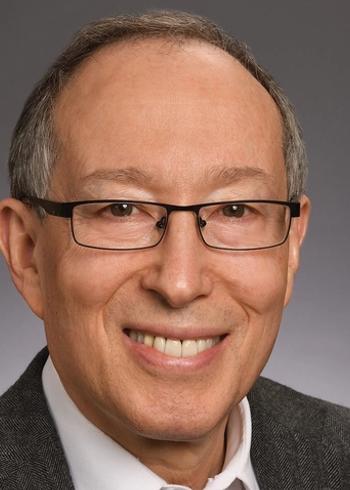
Are physician incomes falling?
Physician incomes have been a topic of controversy for years, with physician compensation being criticized as one of the leading causes of high health care costs.
Physician
Recently,
FUTURE READING:
Michelle Mudge Riley, DO, of Physicians Helping Physicians, has been a professional physician career coach for over 10 years and has worked with hundreds of physicians who are in the process of leaving clinical practice.
In her work, Mudge Riley has been getting feedback from physicians about their reimbursements, and she has observed a downward trend, especially for specialties such as radiology that have traditionally been well-paying. While the high-paying specialties have not fared well, primary care physicians don’t seem to be gaining ground either.
“As far as primary care salaries go, I don't hear about any increase in salary for my pediatricians or OB's,” she said.
As many Americans know, taking on extra work is one of the most common ways to ease income strains.
“I work with an orthopedic surgeon who says he needs to supplement his clinical income with non-clinical revenue sources because he is in his mid 50s and can’t operate as much anymore. I work with an electrophysiology cardiologist who is in the same situation. Interestingly, the orthopedic surgeon is a male and the cardiologist is a female and they are in different areas of the country,” she says.
TRENDING ON OUR SITE:
Mudge Riley also notes that changing compensation structures have hurt, not helped, the bottom line for most doctors.
“Despite all the hype of value-based care, I have been hearing about a standard hospital contract where a physician gets a three-year guarantee and then is required to make the same amount on his or her own. It's almost always a recipe for disaster because most doctors aren't equipped for how to do that from a business standpoint. Physicians call me at that point, not sure what to do, fed up and considering going non-clinical,” she explains.
BLOG:
And as independent physicians find themselves facing decisions about whether they can survive without turning to hospital employment, this type of situation may begin to impact more and more doctors.
She says that it is hard to pinpoint which specialties have suffered the most.
“The hard thing about apple-to-apple comparisons is that compensation varies so much because of geography, individual practices and contracts,” she says.
A general practitioner from southern California has experienced the dramatic U.S. geographical variation in physician compensation. The doctor, who asked that his name be kept confidential, recalls that upon graduating from medical school in 2006, he and his classmates were taken off guard when they discovered that physician salaries in California were lower than expected.
He noted that among his colleagues from medical school, in specialties as diverse as OB/GYN, emergency medicine and pediatrics, most have left California because their prospective salaries didn’t afford them the ability to purchase a house.
In fact, he says that one of his friends, who is a neurosurgeon, “lives in Southern California and has only been able to afford a modest condominium, and not the luxurious kind that he imagined he would have been able to purchase.”
RELATED READING:
As a GP, he moved from California to the Midwest to be able to support his young family. He is employed by CenseoHealth, a large accountable care organization, and he provides home visits to patients. As a primary care physician, he says that his $150,000 base salary is typical, and he explains that many primary care doctors at CenseoHealth also earn bonuses based on productivity volume or through taking on roles as medical directors, which can add another $25,000 per year.
Robert F. Priddy, a physician career coach with 36 years’ of experience, has worked with doctors in a number of specialties from across the country. One thing he has learned about physicians is that their salaries do not advance with seniority-they advance almost always on production.
“Few systems place value on the accumulated knowledge of senior physicians, but rather only on their production capability,” he says.
Priddy has also taken the objective route to tracking physician salaries.
“I tracked internal medicine physician income between 1990 and 2010 and found an average annual income increase of 1%. That was $140k in 1990, $170k by 2010 and $183k in 2017. Therefore, overall, physician incomes are flat, and even at our low 2-3% rate of inflation, physician income buying power is declining,” he concludes.
According to the Bureau of Labor Statistics’ most recent report on physician salaries,
POPULAR ON OUR SITE:
And, these numbers give an overall big picture, but they don’t shed light on the experiences of real doctors in terms of income. Buying power, Priddy’s objective benchmark, is certainly considered a strong objective reflection of compensation. Nevertheless, other factors, such as the workload and stress required to earn that income are also part of the picture. Official studies tend to aggregate physician salaries, reporting average hourly wages or total compensation without attention to the subtle factors Priddy and Mudge Riley have picked up on through their personal physician interactions, such as seniority, exhaustion and whether some of the total income comes from supplemental non-clinical work. These factors are important to physicians, even in the context of salary, because, at some point, the personal cost associated with any job can make it unsustainable.
While the
Newsletter
Stay informed and empowered with Medical Economics enewsletter, delivering expert insights, financial strategies, practice management tips and technology trends — tailored for today’s physicians.














